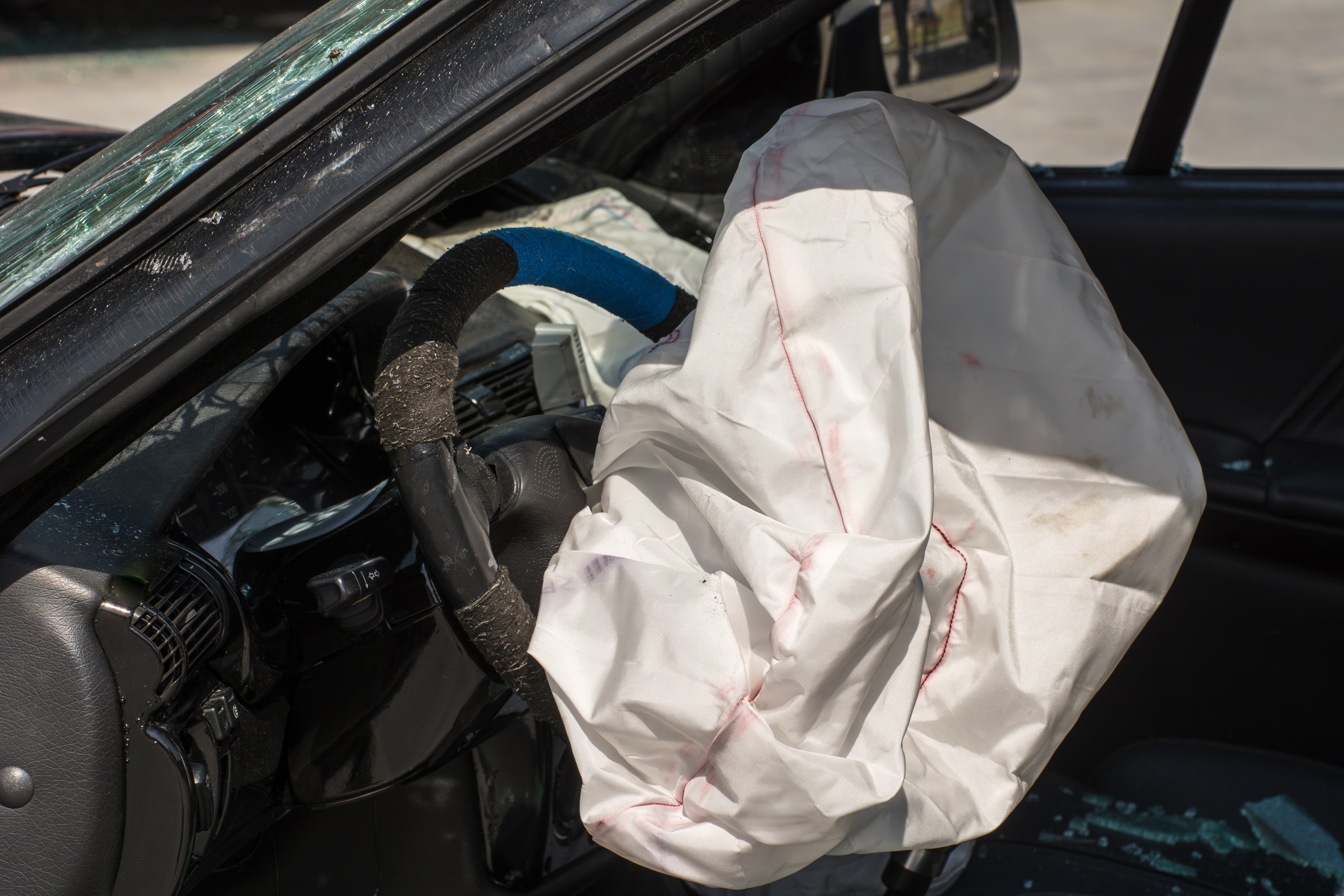
Consumer watchdog Choice says five car makers have been refitting cars with the same brand of airbag that's been blamed for 18 deaths.
Faulty airbags have also been linked to an estimated 180 injuries around the world and they have been recalled.
The recall is the largest in automotive history. It involves about 100 million vehicles worldwide, including 2.3 million in Australia.
It covers dozens of makes and models including Honda, Toyota, BMW, Mitsubishi, Subaru, Lexus, Jeep, Nissan, Chrysler and Dodge.
When there is a crash, airbags inflate with the aid of canisters that contain explosive propellants.
Takata airbags use ammonium nitrate - a chemical found to degrade after long-term exposure to high temperatures and humidity.
Degraded ammonium nitrate can cause inflators to become dangerously pressurised and explode when airbags deploy, sending shrapnel flying.
Takata filed for bankruptcy protection in the US and Japan and said it would be bought by the US-based Key Safety Systems for $US1.6 billion.
Takata in early 2017 pleaded guilty to fraud and agreed to pay a $US1 billion penalty for concealing the deadly defect.
NSW police say a faulty Takata airbag likely caused the death of a man in Sydney earlier this month.
A piece of shrapnel hit the 58-year-old in the neck when the airbag on his Honda CRV inflated during a crash.
In April, a Northern Territory woman suffered serious injuries when she was hit in the head with shrapnel from her car's airbag.
Consumer watchdog Choice says Toyota, Mazda, Lexus, BMW and Subaru have been refitting recalled vehicles with Takata airbags that might also fail in the future.
The Australian Competition and Consumer Commission is investigating Choice's claims.
The ACCC is seeking information from the Department of Infrastructure and Regional Development which is responsible for monitoring the recall.












